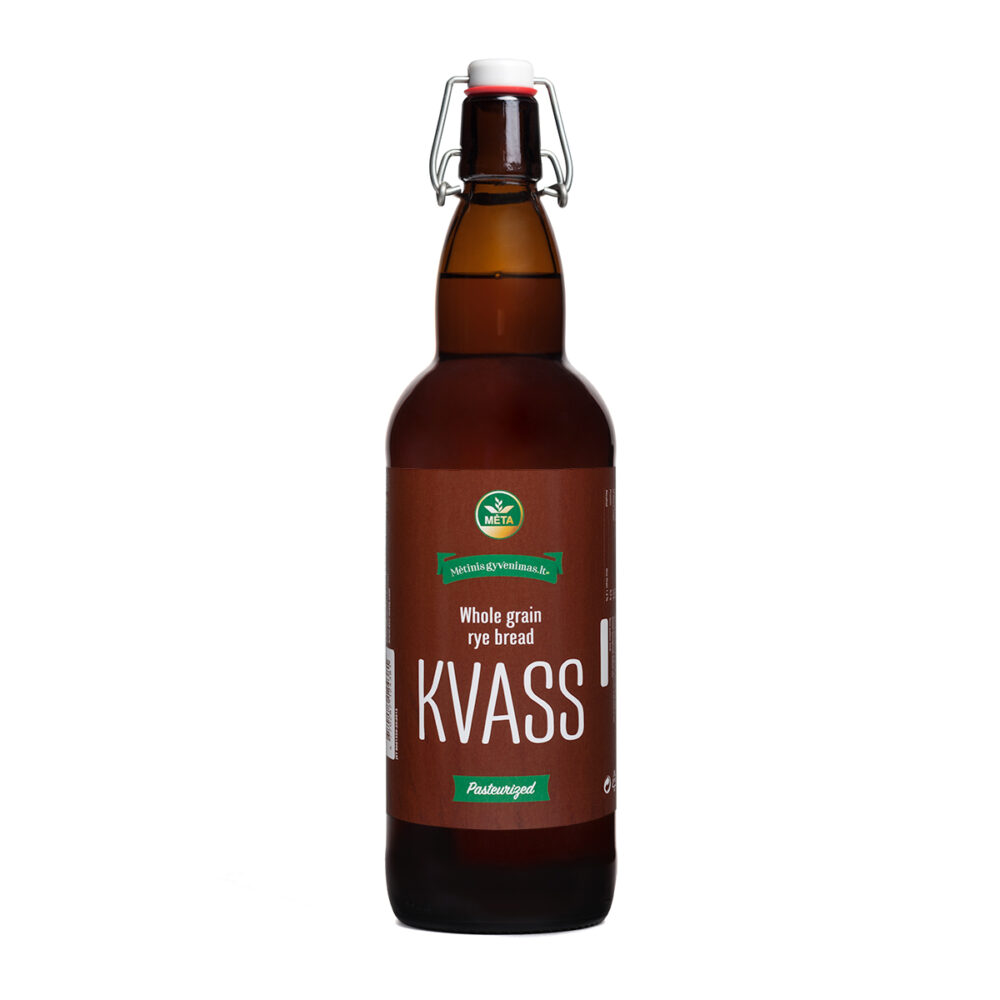All rights reserved
English
“-sanatorium+” ORGANIC BIRCH HYDROLATE 100ml
€9.70
“-sanatorium+” -organic birch hydrolate 100 ml – gentle skin and hair care tonic.
Organic birch hydrolate is a favorite of facial cells and the most natural alternative to hair conditioner. People who try organic birch hydrolate are very surprised why they didn’t know anything about this product until now.
Smelling of Lithuanian spring, birch hydrolate “-sanatorium+” revitalizes, soothes, tones and rejuvenates facial skin, restoring its natural pH. This is a real antidote to the negative effects our skin experiences after working for a long time in the office at the computer, in actively conditioned rooms. It is also a wonderful tool for nourishing hair. The hydrolate strengthens them, cleanses them of dandruff and is especially suitable in a duet with birch shampoo: after washing your head, spray your hair with natural hydrolate to make them even smoother and willingly obey the formed hairstyle.
COMPOSITION: Birch hydrolate 100% – product is steam-distilled from the leaves of the silver birch. Without alcohol or preservatives.
INCI: Betula Alba Leaf Water
Categories: Natural hair care, New - "-sanatorium +", Season
Share:
Hydrolate or flower water is a unique product that has recently been increasingly replacing synthetic tonics and lotions for skin care from our cosmetics. What is the secret of the popularity of hydrolates? First of all, this is an exclusively natural composition that attracts fans of eco-cosmetics. Hydrolate is obtained by steam distillation. Through useful herbs and flowers, steam is driven away and as a result, fragrant water is obtained, which has absorbed all the properties of essential oils, but in a safer concentration. And no alcohol, preservatives, or other chemical additives! Thanks to this, the hydrolate acts softly, easily penetrates into cellular structures and gives a noticeable cosmetic effect, noticeable almost immediately. Choose a hydrolate based on your individual characteristics, and you will be able to get rid of many imperfections of the skin or hair.
Thanks to the rich composition of hydrolate birch has a strong anti-inflammatory, absorbable, healing, antimicrobial and antibacterial action. Improves blood circulation and dissolves blood clots in the smallest blood vessels – capillaries, arterioles and venules. Hydrolate can be used in the treatment of skin diseases.
COSMETIC PROPERTIES FOR THE HAIR:
– Strengthens, promotes hair growth
– Recommended for treatment of dandruff seborrhea
COSMETIC PROPERTIES FOR THE SKIN:
– Suitable for oily, combination and problem skin
– Has antioxidant and anti-aging effect
– Moisturizes and tones
– Relieves irritation and evens skin tone
– Cleans, has anti-couperose effect
– Cleans, deodorizes
– Recommended for dermatitis, eczema and allergies
– Has anti-cellulite effect, improves skin elasticity
MEDICINAL PROPERTIES:
– Has a strong diuretic and decongestant effect
– Relieves muscular pain and rheumatism
– Diaphoretic and choleretic action
– Stimulates virtually all body systems
– Anti-inflammatory, antiseptic
METHODS OF USE:
– As a tonic for the skin
– To prepare various homemade cosmetics, cultivation of dry masks and scrubs.
– In the form of compresses in the treatment of acne and acne
– In the form of cosmetic ice
– For healing wounds and cracks
– As a basis for anti-cellulite body wraps
– As thermal water
– As a sedative and emollient after traumatic procedures with skin
– When rhinitis is useful to wash the nose
– As a rinse for diseases of the teeth and gums
– Spray on the scalp and hair to impart Shine and treat dandruff
WARNING:
– Store in dark place at temperature below 17 °C.
– Storage at room temperature significantly reduces the shelf life of hydrolate.
– When storing environment temperature above +10 °C, the slight precipitate.
– All the information presented on the website, is for reference only and cannot be recognized by treatment guidelines or call to action. In case of any health problems or illnesses need to consult a doctor and perceive aromatherapy as an additional aid to the body. The advice of the aromatherapist is required.
References:
1. Bartram T. Encyclopedia of herbal medicine. Grace Publishers, Christchurch, 1995, p. 456
2. Bego G-V Discover what‘s essential about essential oils. Jakin, Lausanne, 1995, p. 45
3. Catty S. Hydrosols. Pacific Institute of Aromatherapy Conference, San Francisco, 1998a.
4. Claeys G.Precis d‘aromatherapie familiale. Equilibres, Flers, 1992
5. Franchomme P., Penoel D. L‘aromatherapie exactement, 2nd edn. Jollois, Limoges 1996, p. 86
6. Genders R. A book of aromatics. Darton, Longman and Todd, London, 1977, p. 17
7. Helliwell K. Manufacture and use of plant extracts. In: Grievson M., Barber J., Hunting A.L.L. (eds) Natural ingredients in cosmetics. Mocelle, Weymouth, p.p. 26-27, 1989
8. Keville K., Green M. Aromatherapy: complete guide to the healing art. Crossing Press, Freedom, 1995, p. 90
9. Montesinos C. Elements de reflexion sur guelgues hydrolats. Ecole Lyonnaise de Plantes Medicinales, Lyons, p. 5, 1991
10. Nasr J. Aromatic waters – the missing link. Aromaterapist 7 (4):24-27, 2000, p. 26
11. Payne B. Hydrolats for therapeutic use. Positive Health (September): 19-21, 1999
12. Pashley R. Bartram Journal of Physical Chemistry B, 2003, 107:1714, Reported in: Nowak R. 2003 Oil and water do mix. New Scientist (22 February 2003):17
13. Price S., Price L. Aromatherapy for health professionals. Churchil Livingstone, Edinburgh, Prima Fleur Information leaflet. Prima Fleur, San Rafael. 1999, p. 113
14. Rose J. 375 Essential Oils and Hydrosols. Frog. Berkley, 1999, p. 168
15. Roulier G. Les huiles essentielles pour votre sante. Dangles, St Jean-de-Braye, 1990, p. 115
16. Streicher C. Hydrosols: the subtle complement to essential oil. Plexus 1:22, 1996
17. Viaud H. Huiles essentielles – hydrolats. Presence, Sisteron, 1983
Be the first to review ““-sanatorium+” ORGANIC BIRCH HYDROLATE 100ml” Cancel reply
You must be logged in to post a review.
“-sanatorium+” ORG...
€10.57


Set “-sanatorium+”
€29.70













Reviews
There are no reviews yet.